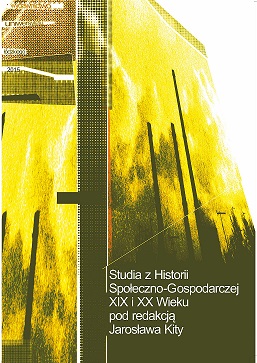Z dziejów osadnictwa w widłach Warty i Liswarty i przemian ludnościowych na przykładzie parafii Wąsosz
DOI:
https://doi.org/10.18778/2080-8313.14.05Abstrakt
Areas situated between rivers Warta and Liswarta at their confluence (part of these lands used to cover the parish of Wąsosz in the past) attracted many settlers, especially in the 18th and 19th Century. Around three villages: Wąsosz, Więcki and Popów in the 18th Century arose eighteen minor settlements, next seven in the 19th Century and five at the beginning of the 20th Century.
Inhabitants of these areas were mainly peasants, farmers. In the 16th and 17th Century some of them have been working as potters and millers. After the second world war took place a demographic transition. Many people, especially young, left their homes and moved to the “Recovered Territories” (incorporated to Poland according to the Potsdam Agreement) or towns and cities elsewhere. Some farmers had to work also as laborers in factories – mainly in Częstochowa, Działoszyn and Kłobuck. Political transformation in the nineties of the 20th Century resulted in radical social changes also among inhabitants living at the Warta River. An industrial crisis and unprofitability of agricultural production nowadays results in substantial unemployment and demographic regression.
Pobrania
Opublikowane
Jak cytować
Numer
Dział
Licencja

Utwór dostępny jest na licencji Creative Commons Uznanie autorstwa – Użycie niekomercyjne – Bez utworów zależnych 4.0 Międzynarodowe.









